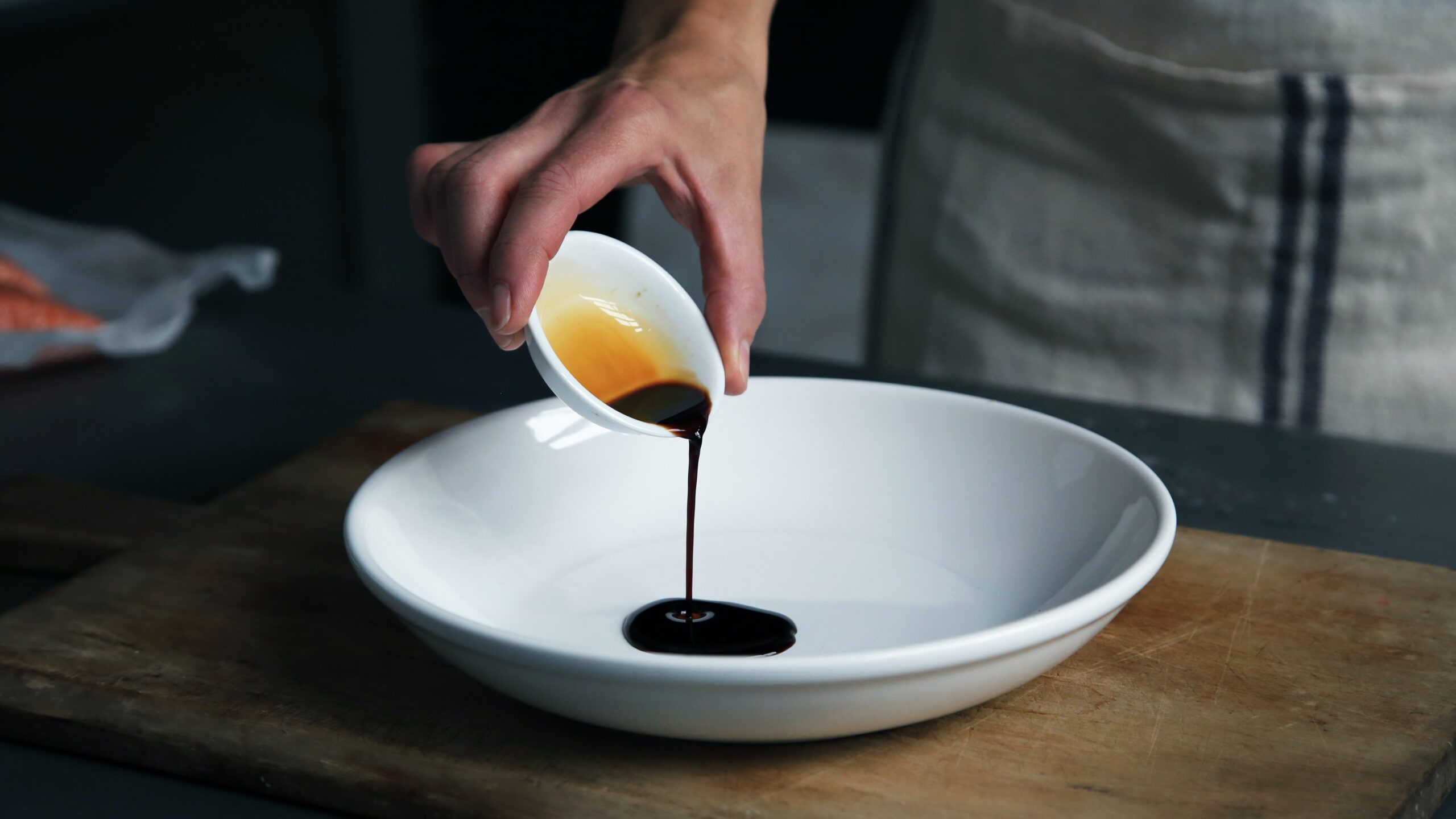Explore the culinary marvels of Koji fungus, scientifically known as Aspergillus oryzae. Originating in East Asia, Koji has a rich history deeply intertwined with global culinary traditions, contributing to unique flavours and enhanced nutritional value. Join Think Fungi as we explore the secrets behind the umami-rich Koji fungus!
Origins of Koji Fungus
Koji’s story can be traced back over a thousand years, primarily in countries like Japan, China, and the Koreas. It is believed to have originated from the natural fermentation process that occurrs in rice and other grains when stored in warm, humid environments. Over time, this process were harnessed and refined by ancient cultures, leading to the intentional cultivation of Koji for various culinary purposes. The Japanese have since claimed Koji as their national fungus due to their extensive use throughout their culinary traditions.
The Cultivation Process
The cultivation of Koji involves inoculating steamed grains, usually rice or barley, with the spores of Aspergillus oryzae. These spores germinate and form a dense network of mycelium, permeating the substrate. The enzymes produced by the fungus during this process play a crucial role in breaking down complex carbohydrates and proteins into simpler compounds, facilitating the fermentation of the substrate. In layman’s terms, the Koji fungus loves growing on cooked rice. By consuming the starch, the koji turns the rice into a delicious biproduct nothing like it’s original state, but also consumed by humans.

Applications in Fermentation
Koji’s versatility lies in its ability to break down starches and proteins into sugars and amino acids, respectively. This processes, known as saccharification and proteolysis, form the basis for the fermentation of various foods and beverages. Some of the fungus’ most notable applications include:
Soy sauce production: Koji is a key ingredient in the production of soy sauce. The fungus will ferment a mixture of soybeans and wheat. This transforms them into the complex, umami-rich sauce that is a staple in many cuisines.
Sake brewing: In Japan, Koji is an essential component in the brewing of sake. The fungus converts the starch in rice into fermentable sugars, which in turn, convert to alcohol by yeasts.
Miso paste: Koji is a fundamental ingredient in the production of miso, a traditional Japanese paste. Fermenting soybeans with the fungus results in a paste with a unique, savory flavour that adds depth to various dishes. It’s also the key ingredient in the delicious miso soup!
Mirin and rice vinegar: Koji is also employed in the fermentation of sweet rice wine (mirin) and rice vinegar, contributing to the distinct taste profiles of these condiments.

Culinary Innovation
Beyond traditional applications, Koji has gained attention in modern culinary circles for its potential to elevate flavours and textures. Chefs around the world are experimenting with the fungus in various forms. Using it to ferment vegetables, meats, and even to create plant-based alternatives that mimic the complexity of aged cheeses.
Koji dry-aging is a technique that is gaining popularity in the West. It is a process where the fungus grows on the surface of meats in a controlled environment, resulting in a product similar to dry-aged meat, but requiring vastly less time. Other chefs are using the fungus to make their own amino pastes, a term coined in the book Koji Alchemy. Amino paste is used to describe non-traditional miso pastes that use local alternatives to soybeans as their base.

The Future of Koji
Koji fungus, with its ancient roots and transformative properties, continues to play a pivotal role in shaping the culinary landscape. From the traditional production of soy sauce and sake to the cutting-edge innovations in modern gastronomy, Koji’s impact on global cuisine is both profound and enduring. As we learn more, it is likely that Koji will continue to inspire new culinary frontiers, offering chefs and food enthusiasts alike a taste of its rich history and boundless potential.
Considering diving a bit deeper into the wonderful world of fungi? How about learning about wild edible mushrooms that you can forage? Our Top 10 Edible Mushrooms course dives into how to easily identify the best wild mushrooms, and how to cook with them! Register today!
